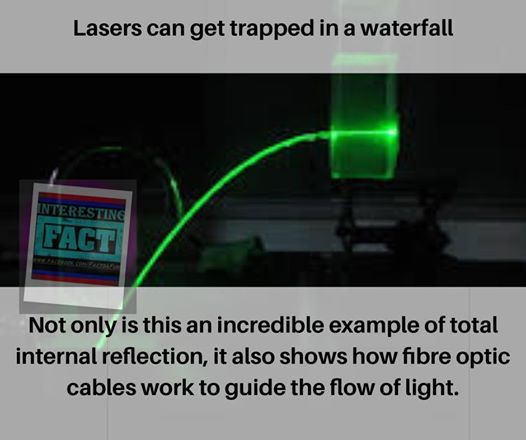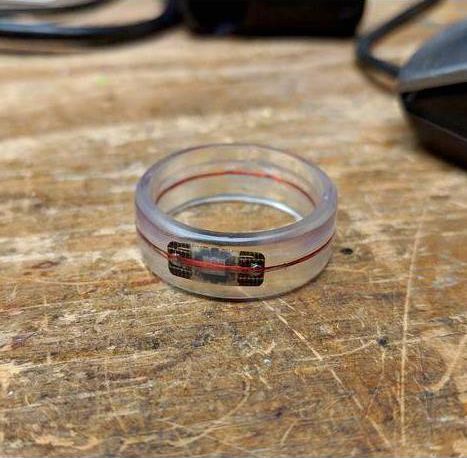Lasers can get trapped in a waterfall.



A very good article on the life and ideas of life extensionists/immortalists/longevity’s: “… Strole is now 70. He lives in Scottsdale, Arizona, a desert town. In the life-extensionist mode, he avoids dairy and rarely touches bread, though he devours a whole heap of other things. Recently his diet has included pills, branded ”Cognitive”, which he takes twice a day and claims have all sorts of nourishing effects on his brain. (What good is maintaining the body if not the mind?) The pills are part of a self-directed anti-ageing process that requires a lot of swallowing. On some days, Strole takes 70 supplements, including a tablet that ”energises the mitochondria” (mitochondria produce energy) and whose effects resemble ”a shot of coffee, minus the jitters”, as well as vitamins, multi-nutrients and metformin, a diabetes drug that has become so popular among life extensionists that one referred to it as ”the aspirin of anti-ageing”. In the early mornings, when the Arizona air is still brisk, he takes a cold dip in his pool to shock his immune system into better function, and at some point or another he lies face-up on an electromagnetic mat that whirs silently against his body and ”opens up the veins”, and engages in a breathing regime that, he says, ”balances the hormones”.
Some sleep on electromagnetic mats, others pop up to 150 pills a day. But are ‘life extensionists’ any closer to finding the key to longevity? Alex Moshakis meets some of the people determined to become immortal.


(UNITED NATIONS) — The world’s population is getting older and growing at a slower pace but is still expected to increase from 7.7 billion currently to 9.7 billion in 2050, the United Nations said Monday.
The U.N. Department of Economic and Social Affairs’ Population Division said in a new report that world population could reach its peak of nearly 11 billion around the end of the century.
But Population Division Director John Wilmoth cautioned that because 2100 is many decades away this outcome “is not certain, and in the end the peak could come earlier or later, at a lower or higher level of total population.”
Wondering if people can be brought back from cryonics freezing and still function as normal? Chick this out.
Justin Smith, 26, was brought back to life after being found with no pulse in the snow.
Jak zničit RFID transpondér 125 kHz elektromagnetickým impulzem.

https://autode.sk/2GA2SPm • • #instructables #makeanything #RFID #contactless #wearabletech #DIYtech #wearableelectronics #creditcard #DIYring #custommade


